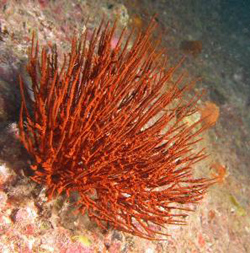A New Way of Looking at Photosystem II
Berkeley Lab and SLAC Researchers Study Key Protein Complex Crucial to Photosynthesis
Future prospects for clean, green, renewable energy may hinge upon our ability to mimic and improve upon photosynthesis – the process by which green plants, algae and some bacteria convert solar energy into electrochemical energy. An artificial version of photosynthesis, for example, could use sunlight to produce liquid fuels from nothing more than carbon dioxide and water. First, however, scientists need a better understanding of how a large complex of proteins, called photosystem II, is able to split water molecules into oxygen, electrons and hydrogen ions (protons). A new road to reaching this understanding has now been opened by an international team of researchers, led by scientists at the U.S. Department of Energy (DOE)’s Lawrence Berkeley National Laboratory (Berkeley Lab) and SLAC National Accelerator Laboratory.
Using ultrafast, intensely bright pulses of X-rays from SLAC’s Linac Coherent Light Source (LCLS), the research team produced the first ever images at room temperature of microcrystals of the photosystem II complex. Previous imaging studies, using X-rays generated via synchrotron radiation sources, required cryogenic freezing, which alters the samples. Also, to catalyze its reactions, photosystem II relies upon an enzyme that contains a manganese-calcium cluster that is highly sensitive to radiation. With the high-intensity femtosecond X-ray pulses of the LCLS, the research team was able to record intact images of these clusters before the radiation destroyed them. (more…)

